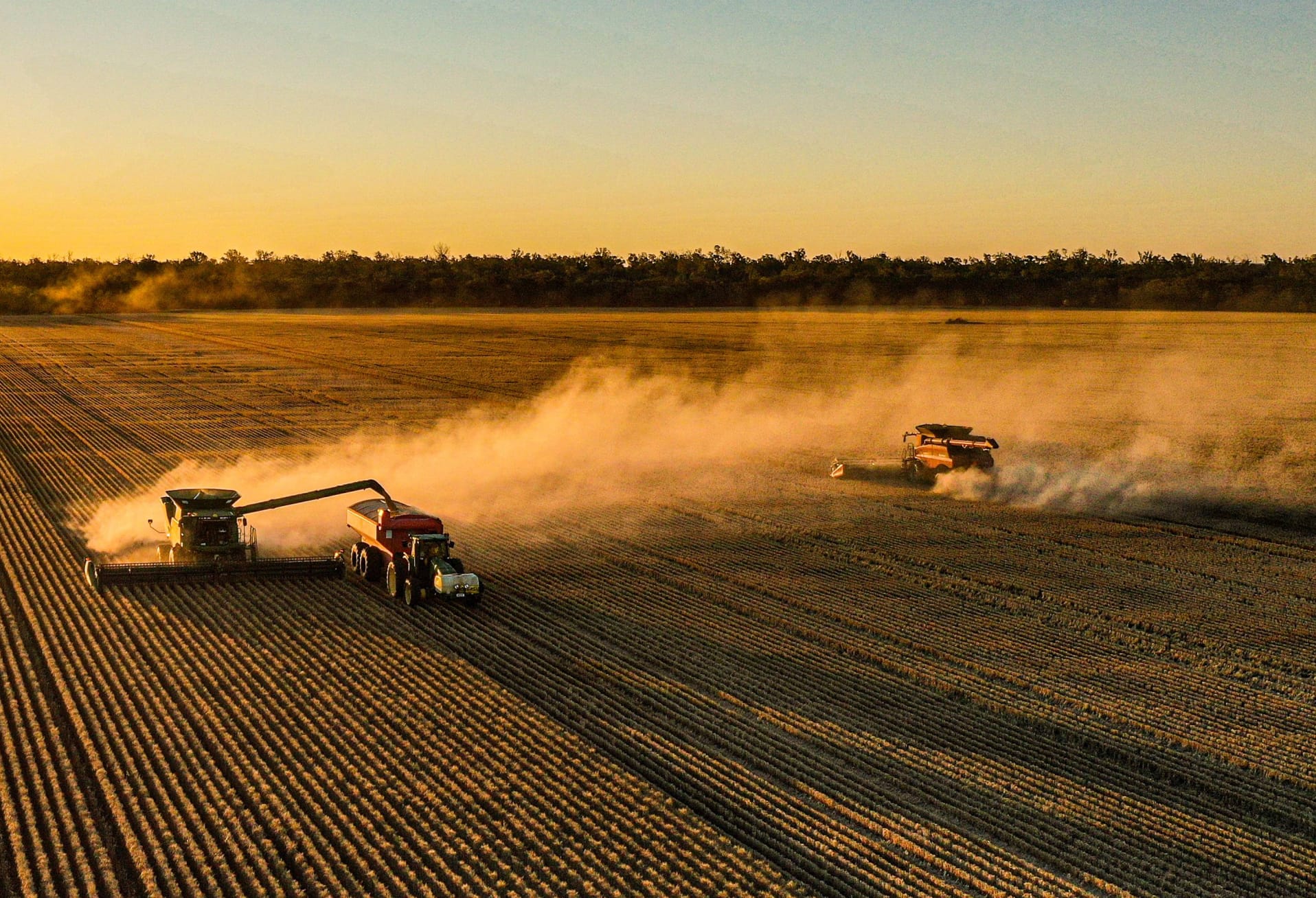Wimmera and Mallee sheep producers often use the opportunity to trade lambs (sold to domestic processors including butchers). If you are considering increasing sheep numbers by buying in store lambs to finish, or have bred your own and you’re deciding whether to sell or finish those lambs, it’s important to analyse the opportunity cost.
In the ‘Making more from Sheep’ webinar ‘Finishing lambs on grain this summer – will it pay?’, Geoff Duddy, owner and manager of consulting group Sheep Solutions, spoke about the profitability and risk factors associated with grain-finishing crossbred lambs, including store lamb starting price, seasonal price variations and variable feed and additive costs.
Mr Duddy began by highlighting the significant changes seen in lamb prices since 2004, with store lambs returning higher values on a cents/kg HSCW basis than trade in 2017 for the first time since 2011. This has been driven by industry confidence, less people breeding ewes, and a shift to more lamb finishing systems.
“Store lambs increased by 19 percent last year, while all other categories increased by 10-11 percent, so they’re still on the upward trend” he said.
Seasonal store lamb price variations can be significant, fluctuating by 20% between the peak and trough in the eastern states and up to 35% in Western Australia (Figure 1).
Figure 1. NSW vs WA trade lamb annual price variation from 2000 to 2016. Source: Geoff Duddy, Sheep Solutions.
“So if you buy lambs in the June-July period (26 weeks) just prior to that peak looking to sell 6-8 weeks later, you’ll be on a downward trend. You can use these sorts of figures if you don’t have contract prices.”
Profit margins are variable and generally low when feedlotting, due mainly to these high store prices nationally. “I have often felt that profit margins in feedlots are around $6-8 per lamb (and that was before the store lamb price peak), which is generally the value of the skins.”
Instead, value adding to low priced or damaged grain by putting it through the lamb is commonly of greater benefit than just feedlotting, “this is something you might really be able to look at this year”.
The Sheep CRC Feedlot Calculator is a tool that enables a grower to enter different real-time production, economic and feeding scenarios to estimate likely profit for a lamb feedlotting enterprise. It considers factors that can be overlooked by back-of-envelope estimates, such as labour (eg. 5c/head/day), operating costs to dispense feed (eg. $13/t), overdraft costs and the like.
Mr Duddy demonstrated the influence of store lamb price and feed price to overall costs of finishing a lamb. If the price of barley in the ration doubled from $150/t to $300/t, feed costs rose from 9.3 to 13.8 per cent of total costs (percentage in brackets – Table 1). This means if you want to add some additives to your ration, other than lime and salt, you can do so without having a big impact on your production cost per lamb.
Table 1. Effect of cost of barley in ration and store lamb price to total cost of production.
* (#) percentage of total costs
The store lamb value is the “big killer”, which in this example at $122/lamb, was 75 per cent or more of total costs on both occasions.
Mr Duddy’s general rule of thumb is store lamb values need to be trading nearer to 85 percent (relative to trade lamb values) to minimise risk and provide opportunities for reasonable profit margins.
The example in Table 2 shows how to calculate the relativity between the c/kg of the store lamb to the trade lamb.
Table 2. How to calculate relativity between store lamb and trade lamb price.
“As the price of store lambs keeps rising, the current relativity of the store lamb to the trade is going through the roof.”
To show how profitability is affected by the relativity between store and trade lamb prices, Mr Duddy presented scenarios using a store lamb price of $120/head and a range of barley and trade lamb prices. When trade lambs were sold at $152 (605c HSCW + $10 skin), all scenarios lost money (Table 3). If trade lambs were sold at $162.75/lamb (650c HSCW + $10 skin), the two lower barley prices of $150 or $180/t made a small ROI of 2 percent or parity respectively, while higher barley prices lost money. If trade lambs made $175/lamb (700c HSCW + $10 skin), then money was made at all barley prices – but it required record territory prices for trade lamb. Relativity at $175 per head was still 93 percent, not 85 percent, but it was below the 100 percent parity.
Table 3. Effect of trade lamb price, relativity and feed cost on profitability.
To summarise, Mr Duddy said that finishing lambs on grain is a good opportunity for a quality product, but margins are tight.
“Do your sums, so you know that your efforts will be worth it. There is so much interest in the lamb job and the biggest issue is lack of lambs. If you can’t paddock feed, or finish in a feedlot, then breed lambs and sell them to someone else!”
“Know the opportunity cost of finishing your own lambs: if it costs you $3.80/kg to produce a 17kg cwt lamb, that’s around $65 for a crossbred lamb. If you can sell him as a store lamb for $110-120 that’s a $40-50 profit, and someone else is taking the risk to take him to a heavier weight. You will not make those sorts of profits in a feedlot situation.”
To listen to the ‘Making more from Sheep’ webinar ‘Finishing lambs on grain this summer – will it pay?’ for more detail and feedlot management tips, click here.
To download the Sheep CRC feedlot calculator to crunch numbers for your business, click here.












